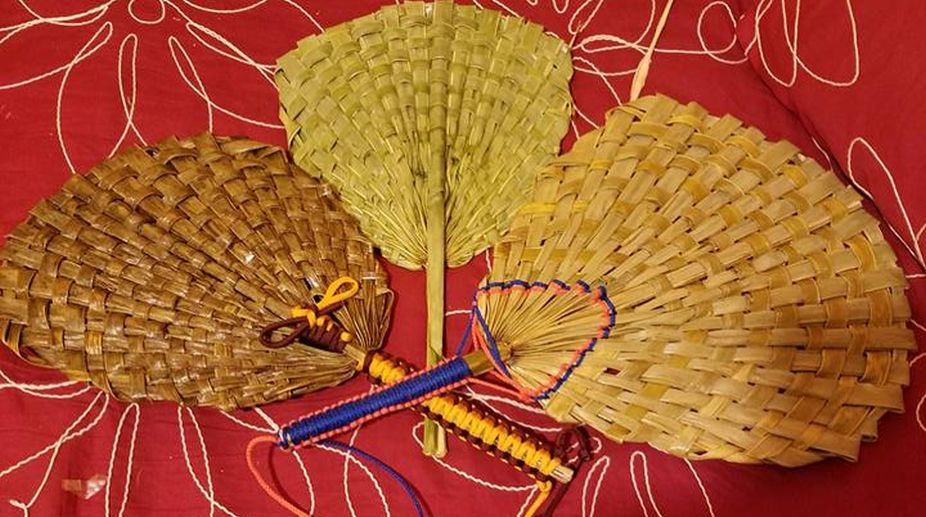Vanished odd jobs
You found him fanning away the heat from over your head in the narrow lanes of the old quarter of…

(Photo: Facebook)
The pankha seller sold palm leaf fans when electricity was found only in the homes of the well-to-do.
The pankhas were cheap but you had to pick the one with a soft handle so that your hands didn't get chafed by constantly rolling it around.
Now there are few takers for pankhas, which, however, flood the market during some festival or the other, like Ganga Dussehra and the Pujas.
Advertisement
However, the bigger loss is the disappearance of the Pankhawala, who used to go about with a huge fan with a wooden frame and a flapping embroidered cloth (like the ones seen at Phool Walon-ki-Sair) that made up the giant fan.
He would wave the pankha a few times above the head of a passerby in the summer months and thus earn a rupee or two.
The bearded man's main beat was Matia Mahal street in the Jama Masjid area. He used to start his walk from Turkman Gate and, passing by Suiwalan, reach Matia Mahal, where he hovered until the sun set.
One misses him and also the hukka bearer, who would go about with a big hukka.
People would take a few puffs of the tobacco-flavoured hubblebubble and pay him a pittance. The broom-sweeper was another such character, who would symbolically sweep the ground in front of a passer-by and claim bakshish.
Modernisation has led to the disappearance of such remnants of medieval Delhi, who flourished during the later Mughal days and lent to the society of that time a colourful ambience, which had admirers in the form of poets and poetasters, Zauq and Mirza Ghalib among them. O
ne asked Haji Mian Faiyazuddin if the
Pankhawala was still seen. He shook his head and said " Mian, he has vanished into the mists of time, never to return again."
Advertisement